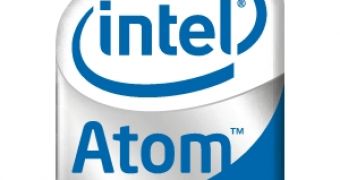Intel's Atom 330 has been out for quite some time, and we have already seen a couple of desktop systems featured with this nettop version of the highly successful Atom N270 that is currently powering most of the netbooks on the market.
Despite the fact that these two processors have been designed for two different types of computer systems, they do share a couple of similarities, such as the clock speed, which is set at 1.6GHz. However, we do have to note that the Atom N270 is single-core, while the Atom 330 is a double-core processor that supports Intel's Hyper-Threading technology, enabling the operating system to see four cores.
The fellows over at PC Pro have recently gotten their hands on a Shuttle barebone computer system that was powered by the Atom 330, and they decided it was high time to put the new low-power, desktop processor through its paces. The test platform included a 7200RPM SATA hard drive, 1GB of DDR2 memory and a fresh install of Microsoft's Windows XP SP3. To better outline the results, the Atom 330 was put in a neck-and-neck competition with the netbook-loving N270 and VIA's 2GHz C7-D processor.
The Atom 330 was expected to deliver a boost of performance over its predecessor, the N270, but upon seeing the results, the editors at PC Pro were surprised to find out that this desktop processor was actually just 16% better than the N270. Apparently, the Atom 330 managed to fare well in the tests for encoding, multitasking and 2D graphics, while in the Office 2003 test suite, it scored lower than both VIA's C7-D CPU and the Atom N270.
The overall impression on the dual-core Atom 330 is that this chip can deliver a boost of performance as opposed to that achieved by the company's single-core unit. Sure, you won't find it in any portable computer system, but then again, given the small form factor of the systems that will be powered by this processor, portability takes on a whole new meaning.

 14 DAY TRIAL //
14 DAY TRIAL //